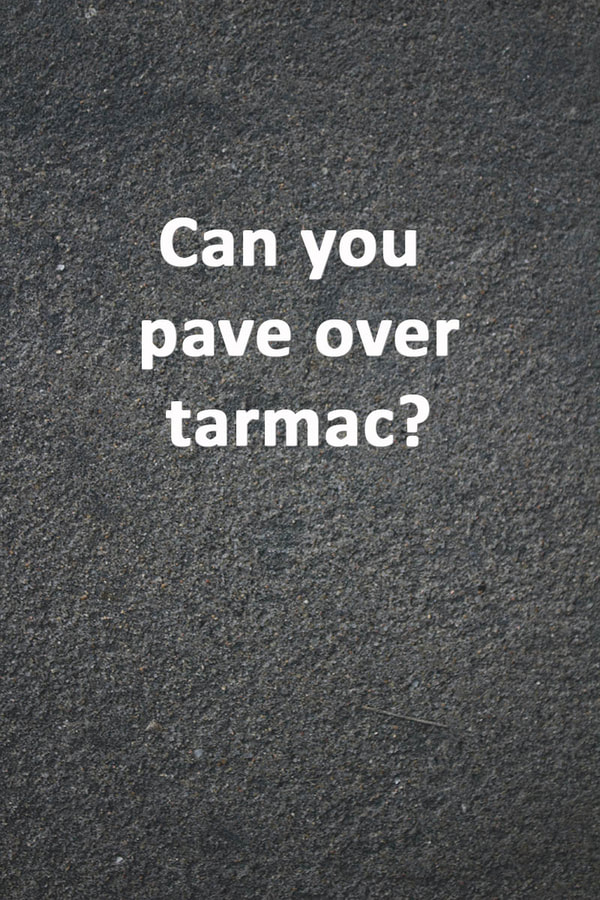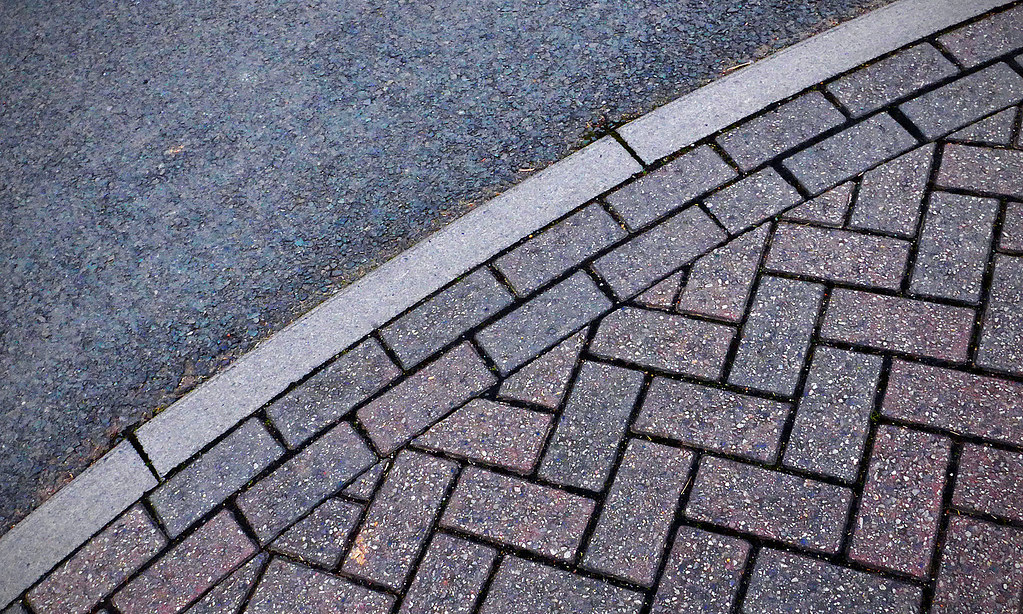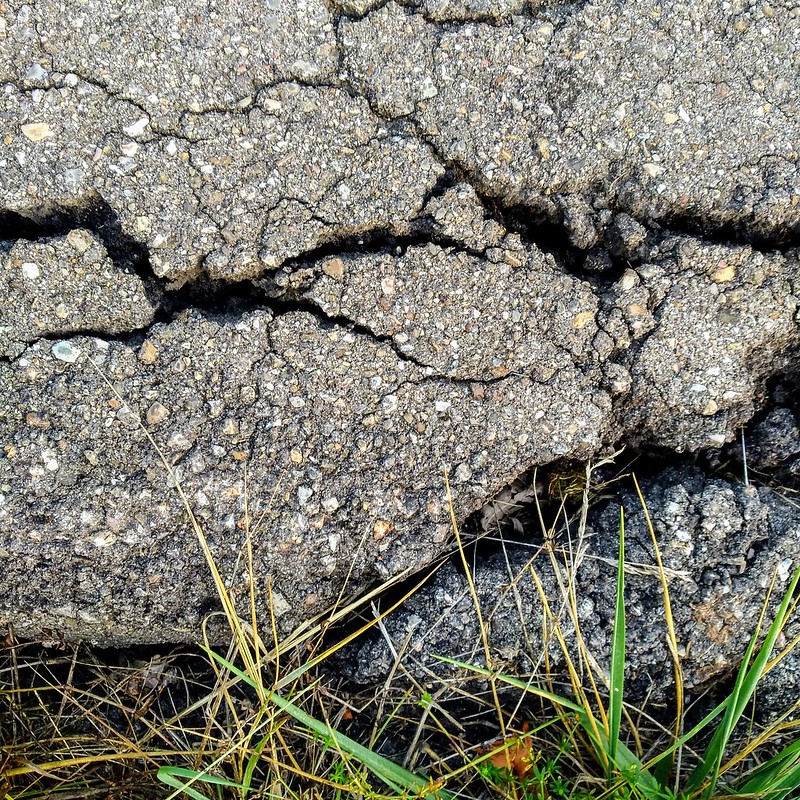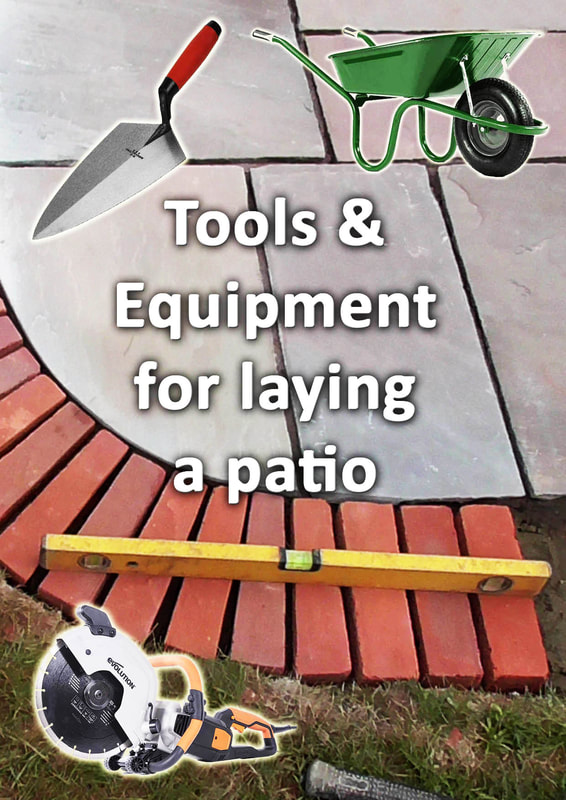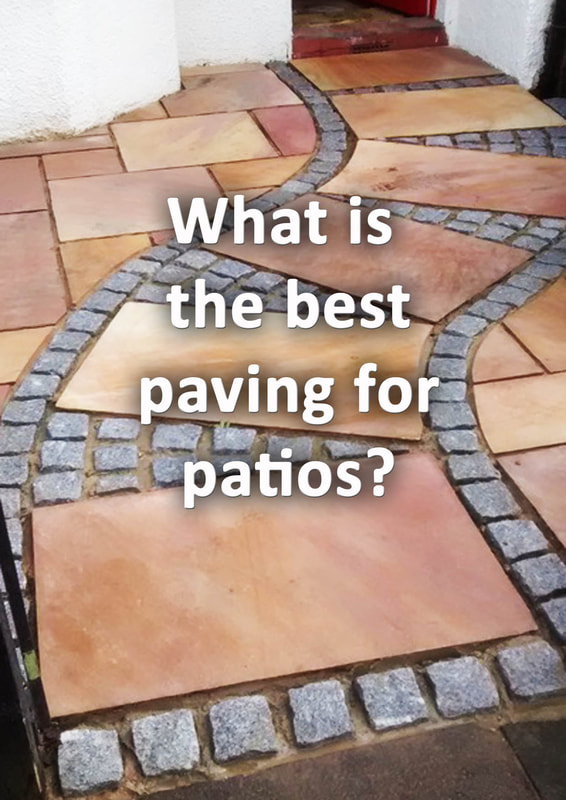|
This article contains affiliate links
Paving is a surface which requires a robust base and sound construction. The combination of expensive, bulk materials and skilled labour makes its installation costly.
Therefore it is common to try and evade expense wherever possible. One of the most expensive elements of paving installation is the excavation and installation of a robust base. Consequently it is understandable that some wonder if you can pave over an existing surface. One such scenario is the desire to lay new paving over tarmac. Therefore in this article we will answer the question, can you pave over tarmac? Levels
The biggest difficulty when paving over existing surfaces is matching in surrounding levels. Existing tarmac is rarely laid at a level which allows for a seamless transition to surrounding surface levels. Therefore paving over tarmac generally results in steps, bumps and ramps. These not only look ugly but are hazardous and uncomfortable to travel over. Levels are also typically a problem around buildings. Paving over existing tarmac can obstruct garage doors and the entrances to gated sideways. It can also lead to levels being too high on a buildings damp proof course.
The damp proof is a layer of impervious material which prevents ground moisture from rising up a buildings structure. It is typically located around 200mm above existing ground levels.
This also prevents excessive splashing from storm water absorbing into walls. This is why building regulations require adjoining surfaces to buildings to be no higher than 2 brick courses. Therefore building paving over tarmac surfaces usually means breeching a damp proof layers separation zone. Consequently paving over existing surfaces generally causes problems with levels and surrounding drainage strategies. Inspect the tarmacs surfaceIf levels are not a considerable barrier to paving over tarmac then tarmacs properties may do. Tarmac is a flexible surface and not suitable as a base for rigid construction. This means laying paving on a solid mortar bed may lead to cracking. Block paving on the other hand being laid on sand is also a flexible surface. Therefore if the levels allow it is better to pave over tarmac with block paving that slabs on mortar. However the main problem with this is you do not know how robust the existing tarmacs base is. The tarmacs base may not have been excavated and based up properly to start with. This could lead to movement and overall failure of the new paving.
There are some checks you can undertake to allow for an educated guess to the tarmacs durability. Inspect the whole tarmac surface visually and search for displacement, depressions and excessive cracking.
If these occur in considerable number it is clear the tarmac is not based correctly. In this scenario it is certainly not a good idea to pave over. Paving over the tarmac will lead to movement and instability. Ultimately the new paving will fail. If the tarmac is of a consistent gradient with no depressions or cracks it is probably suitable to pave over. However without installing a new base yourself you will never know if it will fail in the future. Conclusion
There are some scenarios where you can pave over tarmac. However most of the time surrounding levels do not allow for correct installation. Also existing tarmac rarely displays the qualities of a robust and rigid base for durable paving construction.
Planning on paving your own project? Why not read our article on the perfect tools and equipment article for laying paving here. Alternatively you can visit our landscaping resource page here.
'As an amazon affiliate I earn from qualifying purchases'
0 Comments
Leave a Reply. |
The Author
|
Landscaping services across Buckinghamshire, Amersham, Aylesbury & High Wycombe
Hyde Heath, Amersham, Buckinghamshire |
|
